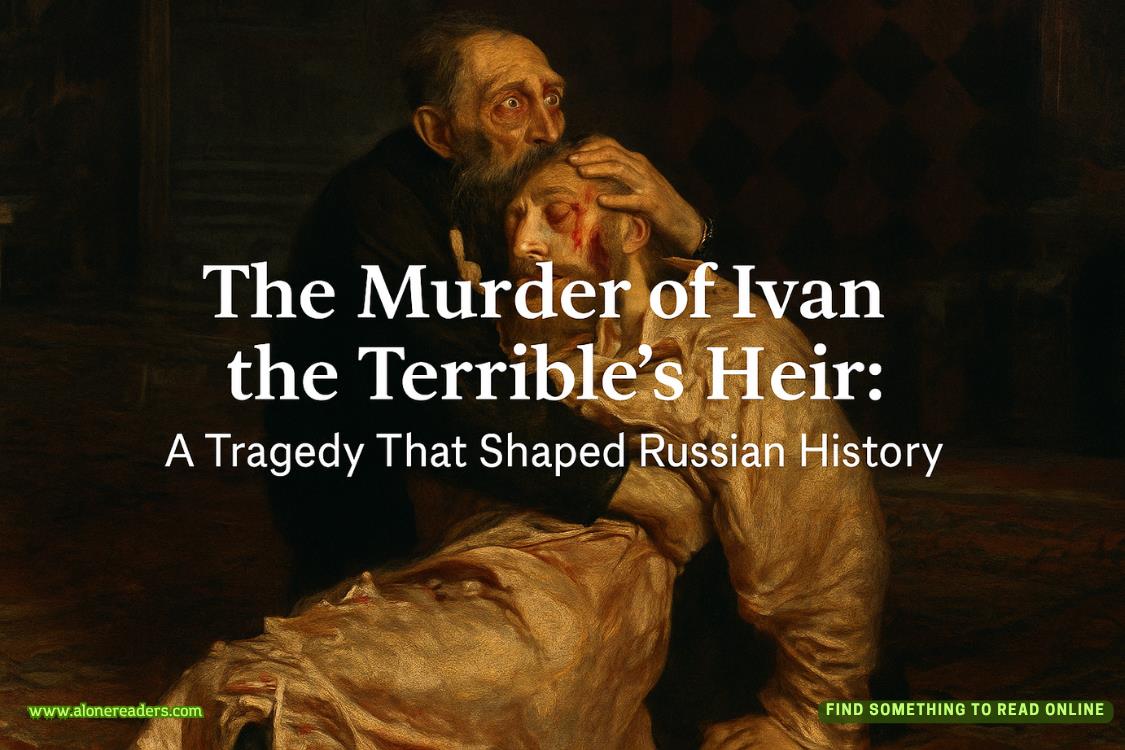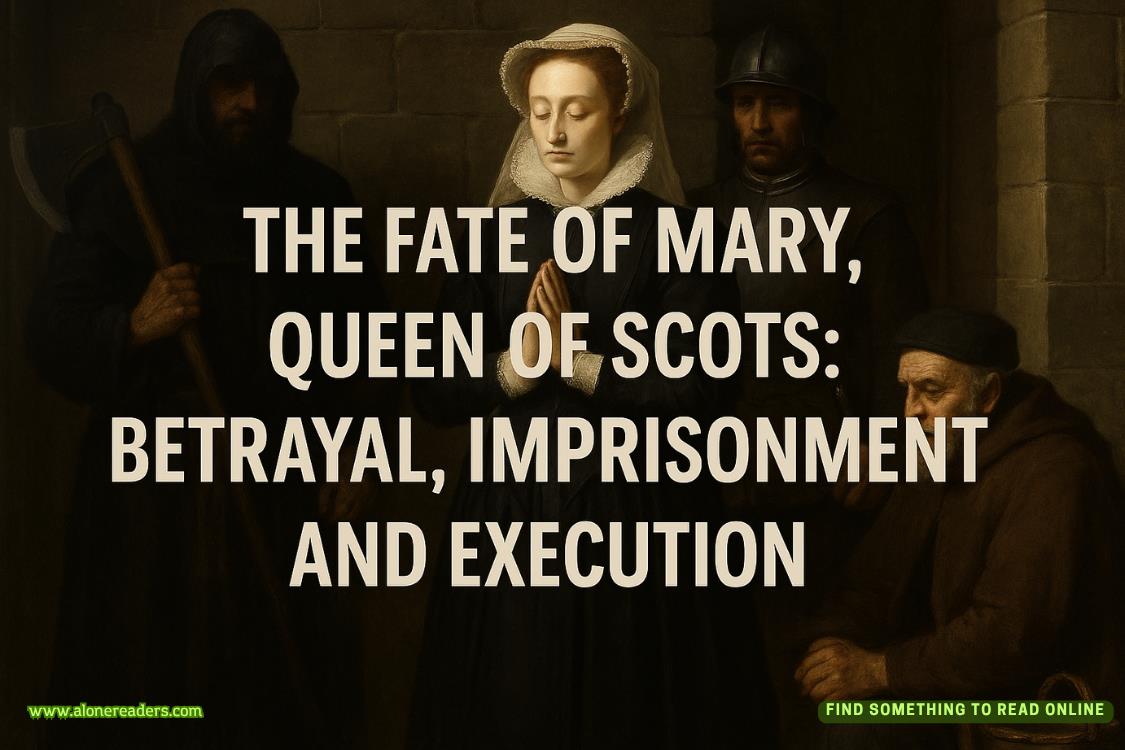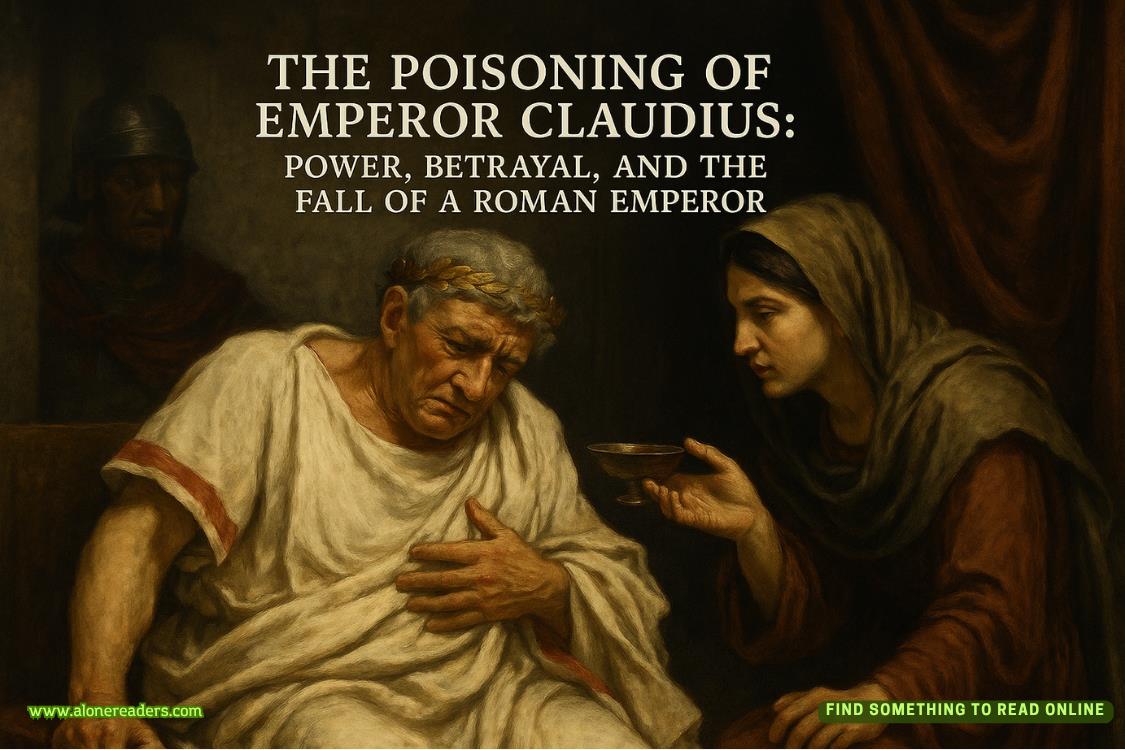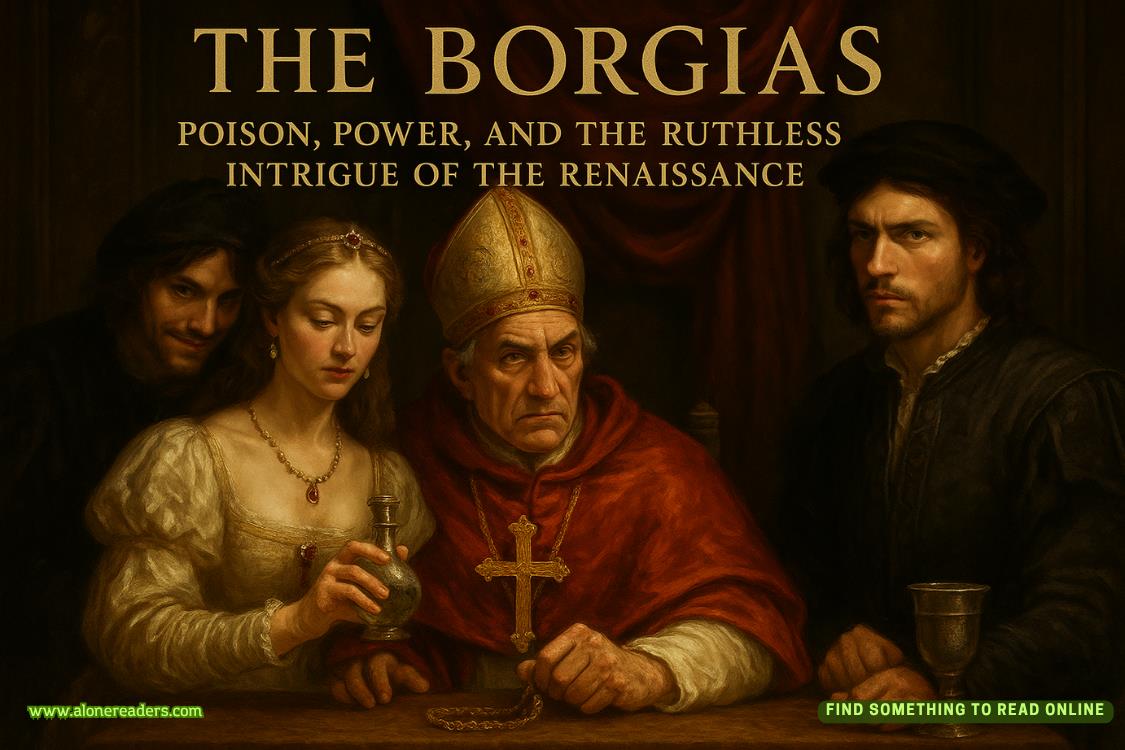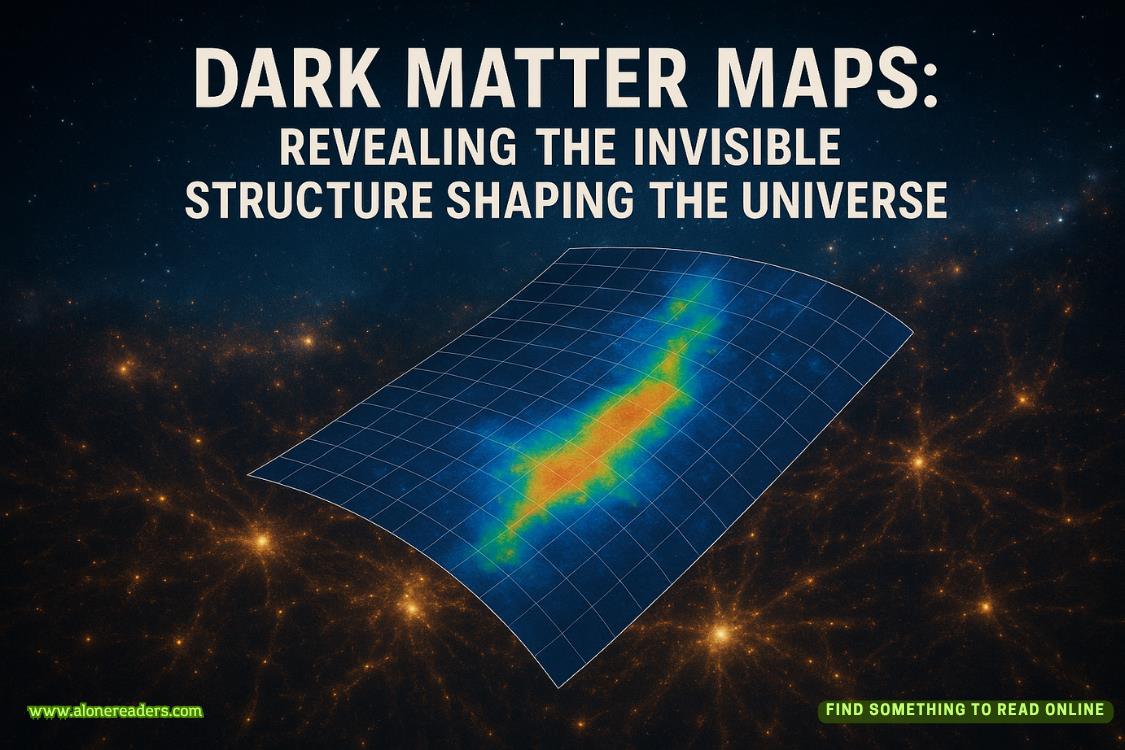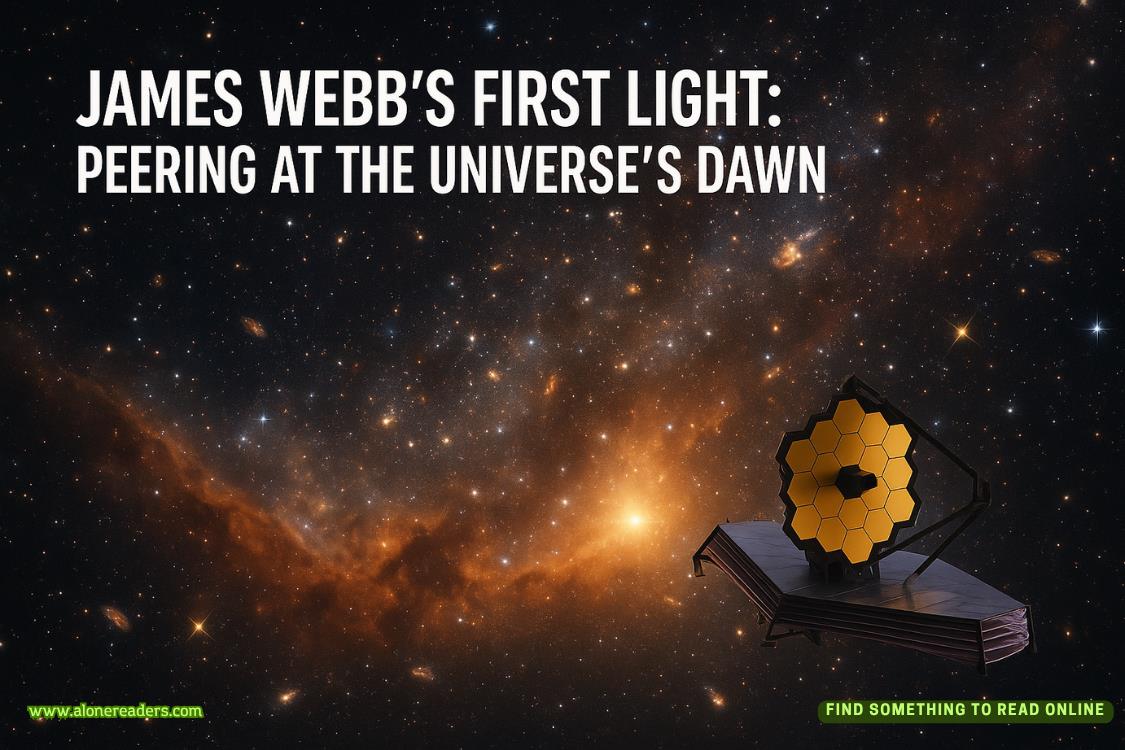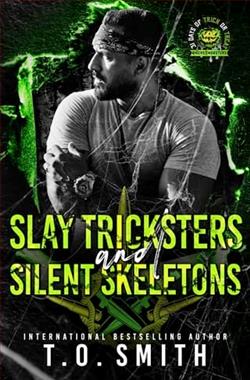Page 18 of Cry Havoc
“What?”
“Kerckhoff’s Principle, formulated by Dutch cryptographer Auguste Kerckhoff. He found that the most secure cryptosystem was one that would not be compromised if it was known by the enemy.”
“Explain.”
“In other words, design the system under the assumption that your enemy will compromise it. Make that your given. If that is true, how do you make it unusable?”
“You change the key.”
“That principle forms the foundation of all modern cryptographic innovation. We may have the American encryption machines, but if they change the key, which they invariably have, those machines are essentially useless.”
Egorov looked from Lavrinenko to Penkovsky.
“We would need someone on the inside passing us new keying material for this exercise to be useful.”
The director and his deputy remained silent.
Egorov swallowed again.
“I am sorry, Comrades. I forget myself.”
Lavrinenko waved his hand in the air, sweeping the misstep aside.
“Continue,” Lavrinenko ordered.
“The KW-7 and KL-47 machines were built adhering to the work of an American mathematician named Claude Shannon.”
“Who is he?” Lavrinenko asked.
“One of the more brilliant minds of the twentieth century. If he was on our side, there would be no stopping us. He won the Nobel Prize in ’39. Wrote a paper called ‘A Mathematical Theory of Communication.’ I have studied his work extensively.”
“Why is he important?”
“He built on Kerckhoff’s Principle. He counseled that ‘one ought to design systems under the assumption that the enemy will immediately gain full familiarity with them.’?”
“For situations just such as this,” Lavrinenko said.
“That’s correct, sir.”
“Are the American crypto devices similar to the Fialka?” the director asked, using the code name for the Soviet M-125 cipher machine with which he was familiar.
“All modern cipher machines trace lineage back to Enigma even though they use different mathematical ciphering functions. Our Fialka uses ten rotating electrotechnical cipher rotors—wheels—while Enigma used three or four depending on the model. I have an Enigma in my lab in Berlin. As you know, Fialka has thirty contacts on each rotor in both Cyrillic and Latin, and the KGB has a model that uses rotors with the Russian alphabet. The American machines use eight rotors. The Swiss NEMA has ten. They are all similar in that a code is required to decipher the message traffic.”
“We are obviously talking to the right person,” Lavrinenko said. Praise could be as useful as fear when dealing with someone like Egorov. “Tell me more about the KW-7 and KL-47.”
“Well,” Egorov said, pushing his glasses back in place. “Both were developed by the NSA but built by private corporations. The KW-7 is built by Honeywell. The KL-47 is built by a company called the Teletype Corporation. They operate off the same principles. Think of the KW-7 as a tactical-level device sending coded messages via UHF—ultra high frequency radio waves. From the photos in this file, it looks like it connects to a Teletype Model 28 printer. The KL-47 uses the same cipher wheels and accepts the same keying material but is larger and has a built-in keyboard and printer. They both sync with machines on the receiving end, machines that also need the same message key. I’ll know much more once I have disassembled them.”
“I will expect a detailed report.”
“You will have it, sir.”
“I don’t have to tell you the level of importance this has for the Party,” Lavrinenko said.
“I understand.”
“I know you do. Failure will not be tolerated.”
The engineer attempted to swallow but found his throat too dry to complete the act.
